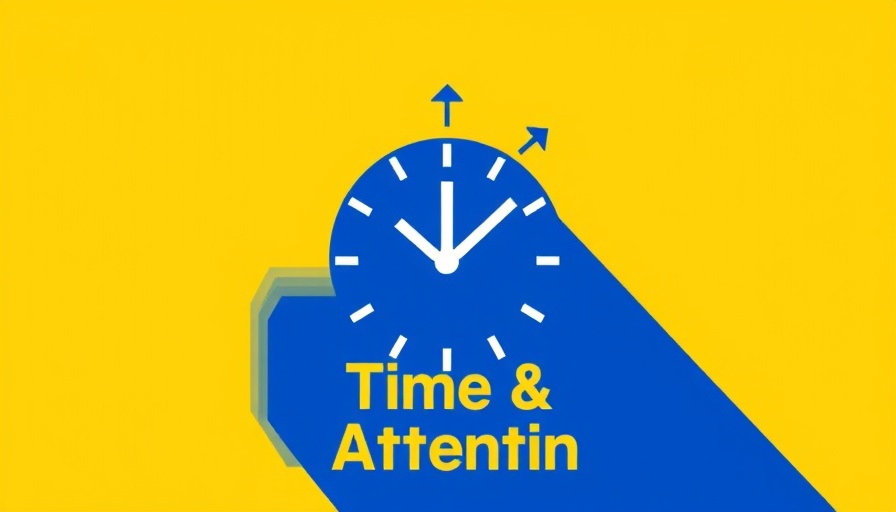
Understanding the Spring Forward Effect
Daylight Savings Time (DST) is upon us, a twice-yearly tradition that shifts our clocks forward by one hour in the spring and back by one hour in the fall. Though it aims to harmonize our daily rhythm with extended evening sunlight, many of us face the frustrating reality of disorientation, especially during the spring transition. The implications of losing that precious hour of sleep can ripple through our day, impacting our mood, productivity, and overall health.
Why Your Body Reacts the Way It Does
In the days following the time shift, many people experience a range of physiological and emotional reactions. Your circadian rhythm, the natural internal clock that dictates your sleep-wake cycle, gets thrown off balance. As reported by the American Academy of Sleep Medicine, the abrupt change often leads to confusion, fatigue, and increased irritability, which can linger for several days.
Strategies to Combat the Time Change Blues
Luckily, you don't have to navigate this shift blindly. Here are some effective strategies to recalibrate your body clock:
- Gradual Adjustment: Gradually changing your sleeping schedule in the lead-up to the time shift can ease the transition. Aim to adjust your bedtime and wake time by 15–20 minutes each day in the days leading up to DST.
- Embrace the Sunlight: One of the simplest ways to reset your body clock is to increase your exposure to natural light. Spend time outdoors each morning, as sunlight is a powerful regulator of circadian rhythms.
- Stay Consistent: Maintain a regular sleep schedule throughout the week, including weekends. This consistency helps your body adapt quickly to the new time.
- Mind Your Meals: To combat hunger pangs that might arise from the time change, keep your meal times consistent and avoid heavy dinners close to bedtime.
- Practice Good Sleep Hygiene: Make your bedroom a sanctuary for sleep. This means reducing noise, regulating room temperature, and limiting screen time before bed.
Emotional Insights Surrounding DST
This spring ritual can elicit mixed feelings; many of us enjoy the longer evenings, but the lack of sleep can bring about stress and anxiety. As you navigate these shifts, remember that these experiences are shared. Collectively, we face this biannual adjustment, and by supporting one another, we can embrace a harmonious transition into longer daylight.
Conclusion: Take This Time to Prepare
Don't let the spring forward catch you off guard. By planning a few strategies ahead of time, you can minimize disruptions to your daily routine. Prepare for the upcoming change, and approach it with the enthusiasm that longer days can offer. Your body and mind will thank you for fostering a smooth transition to Daylight Savings Time.
 Add Row
Add Row  Add
Add 




Write A Comment